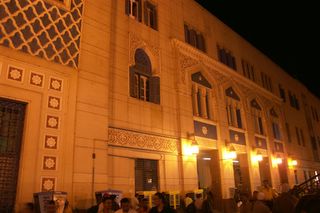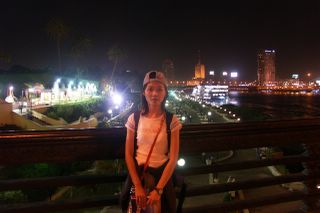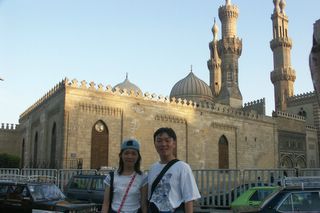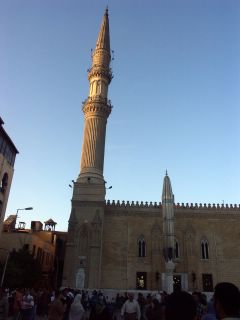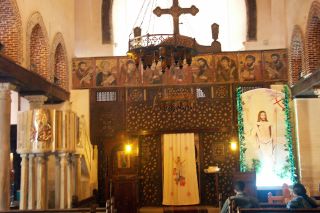The
Egyptian Antiquities Museum is huge, and with too much (yes, too much, at least for me, and it's only part of all only) antiquities. The displays were like just simply put here and there, and not properly labelled and lighted, and it's so much tourists! But these are still germs. So, it's a must visit place in Cairo. Entrance ticket costs EGP 20 (EGP 10 for student with ISIC).

Atrium of Egyptian Museum, with Colossus of Amenhotep III and Tiy, his wife, at the backend. Narmer Palette, which representing first uniting of Upper and Lower Egypt under one ruler, is displayed here too.
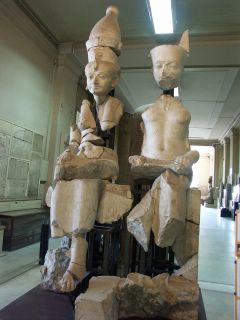
This one originally were just rubble in pieces. Salute to archeologists who had conserved and reassembled 4-meter-high monumental statue group representing god Amun and goddess Mu tseated on a throne.
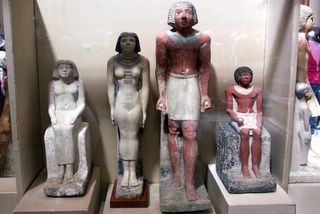
Statue representing the Memphite family of Nefer-Herenptah called Fifi

Head of Zeus-Amon
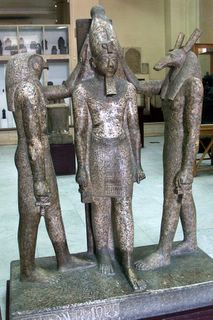
Another restored sculpture representing coronation of Ramses III by god Horus (which personifies order) and got Set (which personifies anarchy)
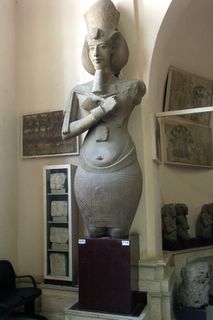
Statue of Akhenaten

Box or lower part of the coffin of King Akhenaten
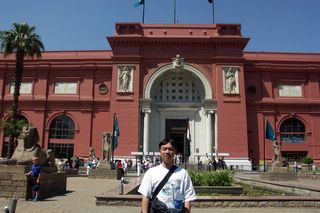
Exterior of Egytian Antiquities museum
During the visit to Egyptian Museum, we met 2 pilots and a pretty stewardess from Singapore Airlines. They're the only people from Southeast Asia we met during the whole trip, and they're not even tourist.
